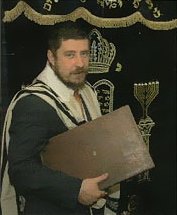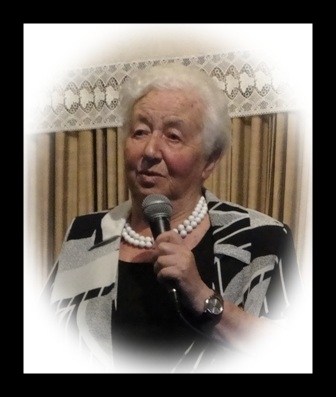O P I N I O N
LONDON—The same London-based European cemetery-preservation group that allegedly takes money (for supervision fees) for “supervising” cemetery “conversions” in Eastern Europe forbidden by other rabbinical authorities, today issued a triumphant press release (image below) about its “rescue” of a provincial mass grave site uncovered during routine roadworks in northern Lithuania, near Šiauliai (Yiddish Shavl). The group is the CPJCE (Committee for the Preservation of Jewish Cemeteries in Europe), which was recently received by the prime minister of Lithuania upon its agreeing to a convention center in the middle of Vilna’s old Jewish cemetery, with no reference to any of the local rabbis or to universal decency on the question of what is appropriate in an old cemetery.






